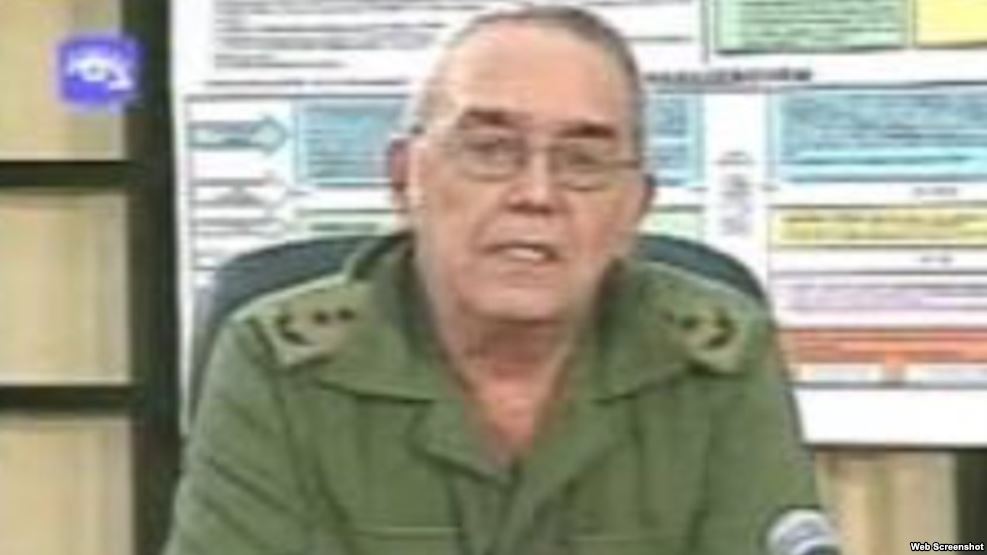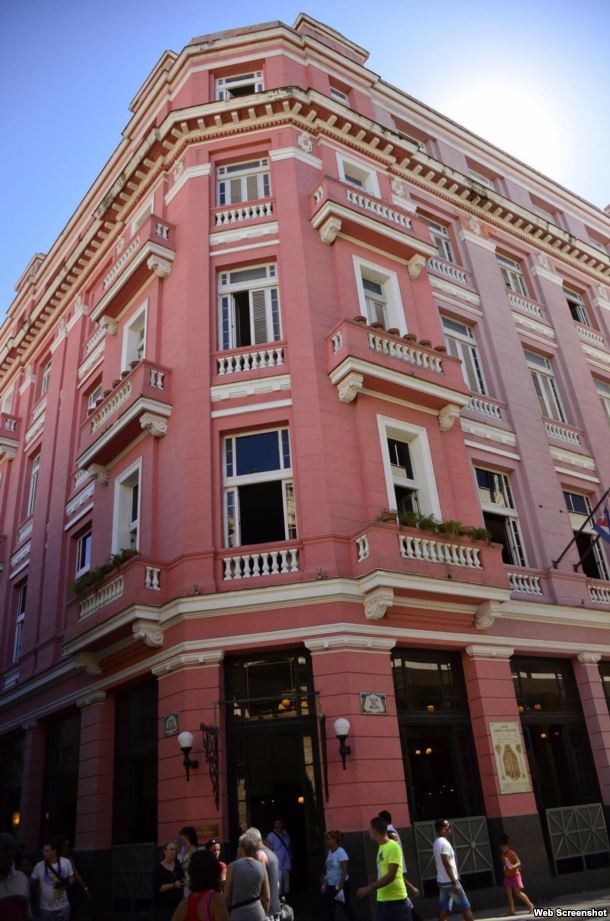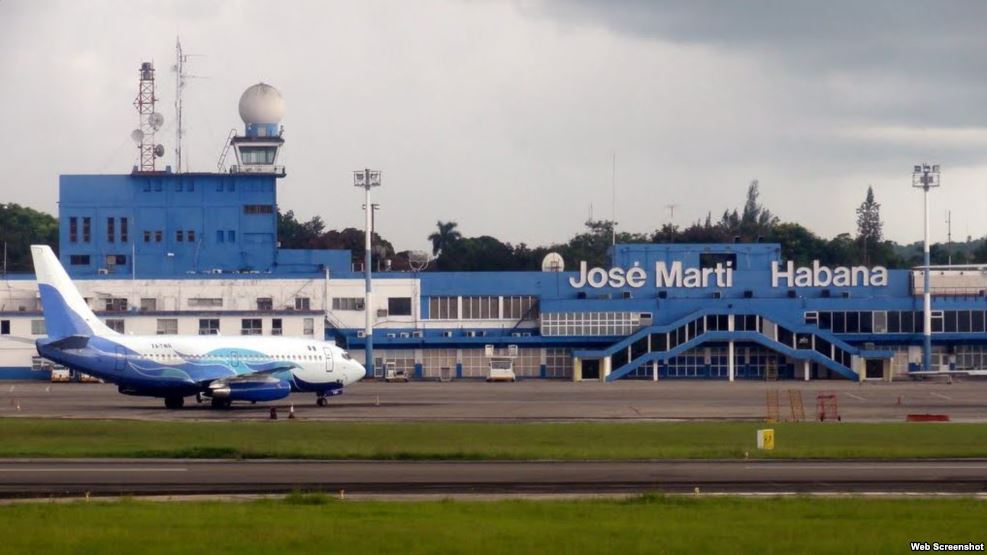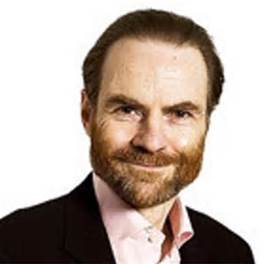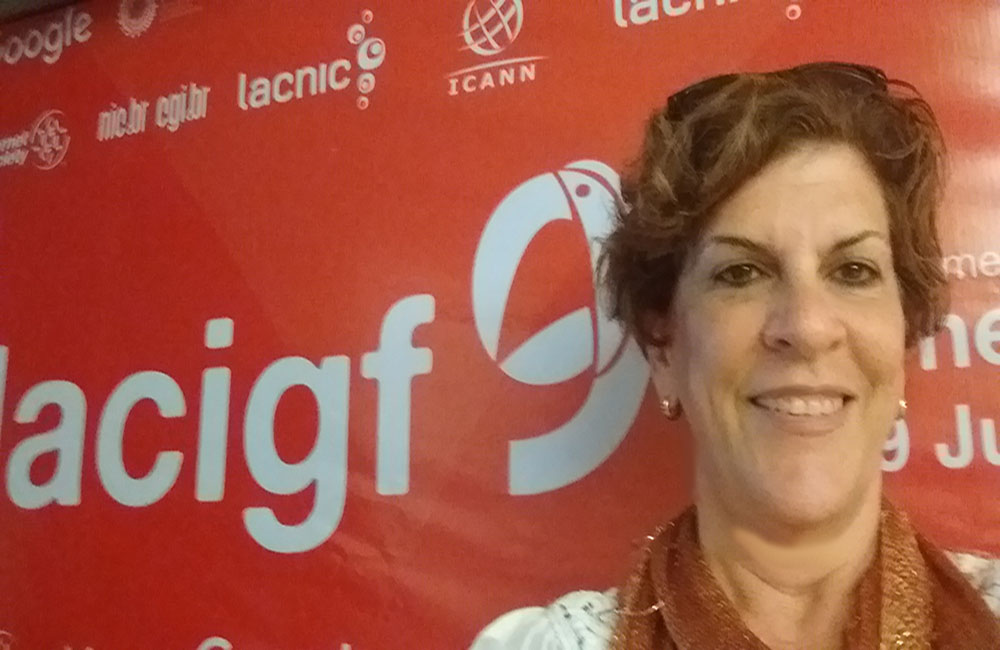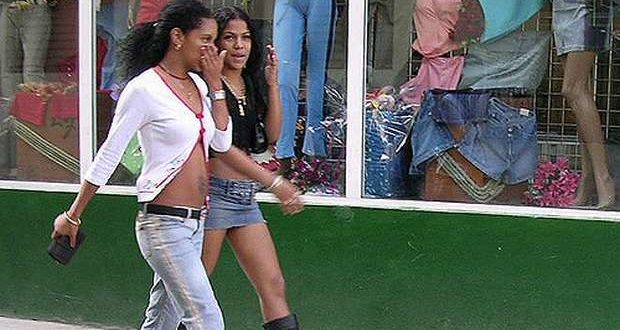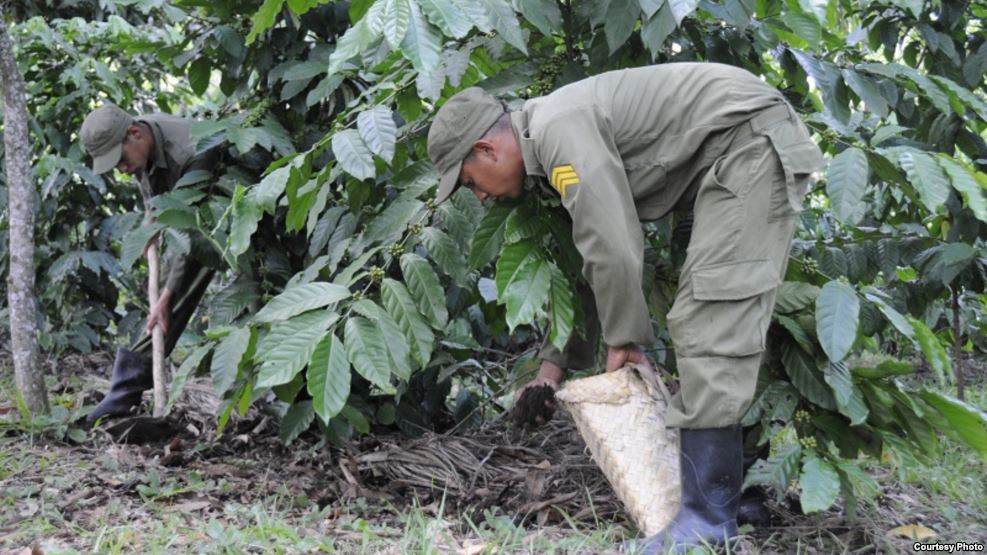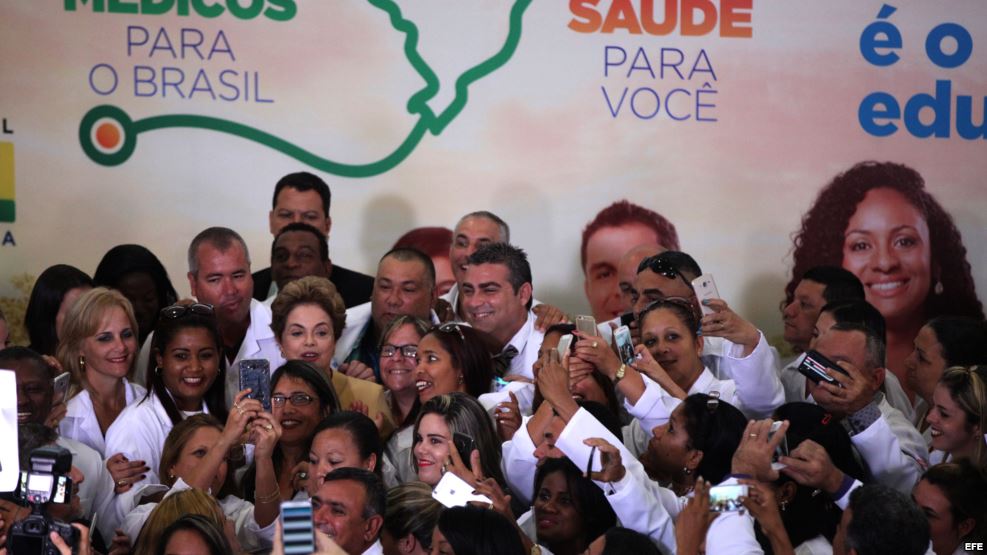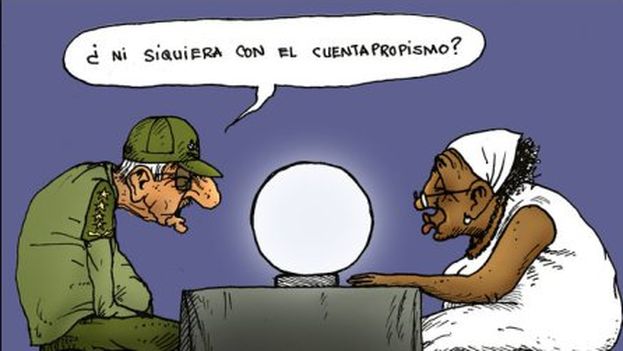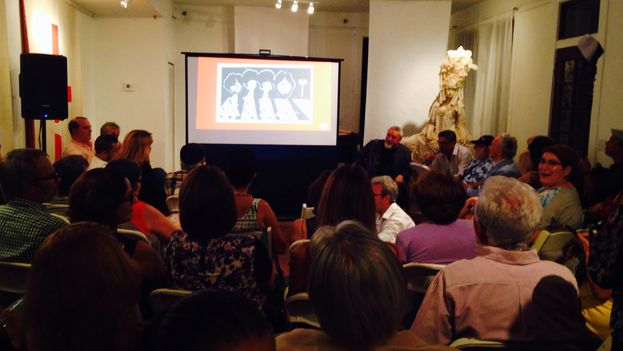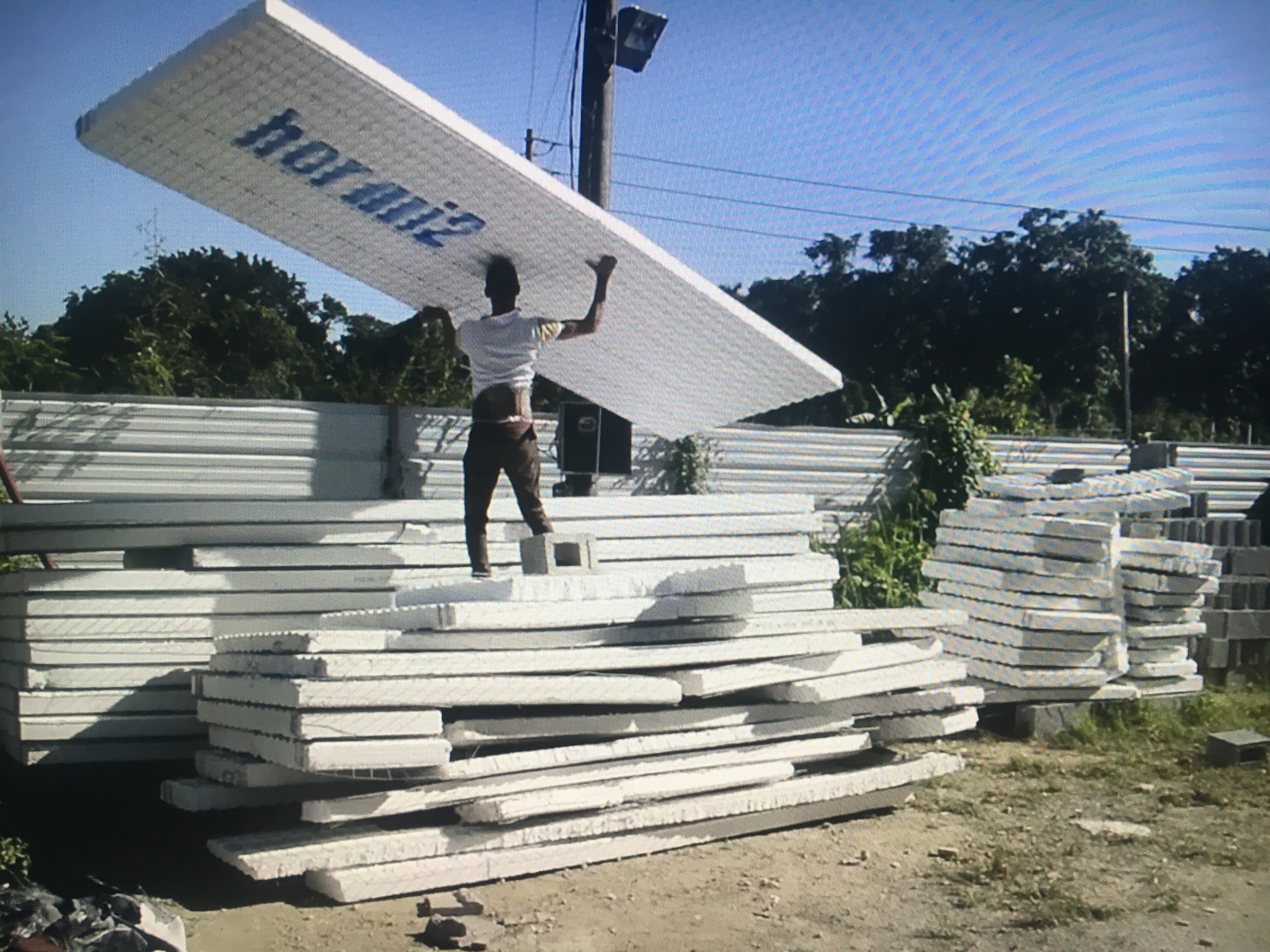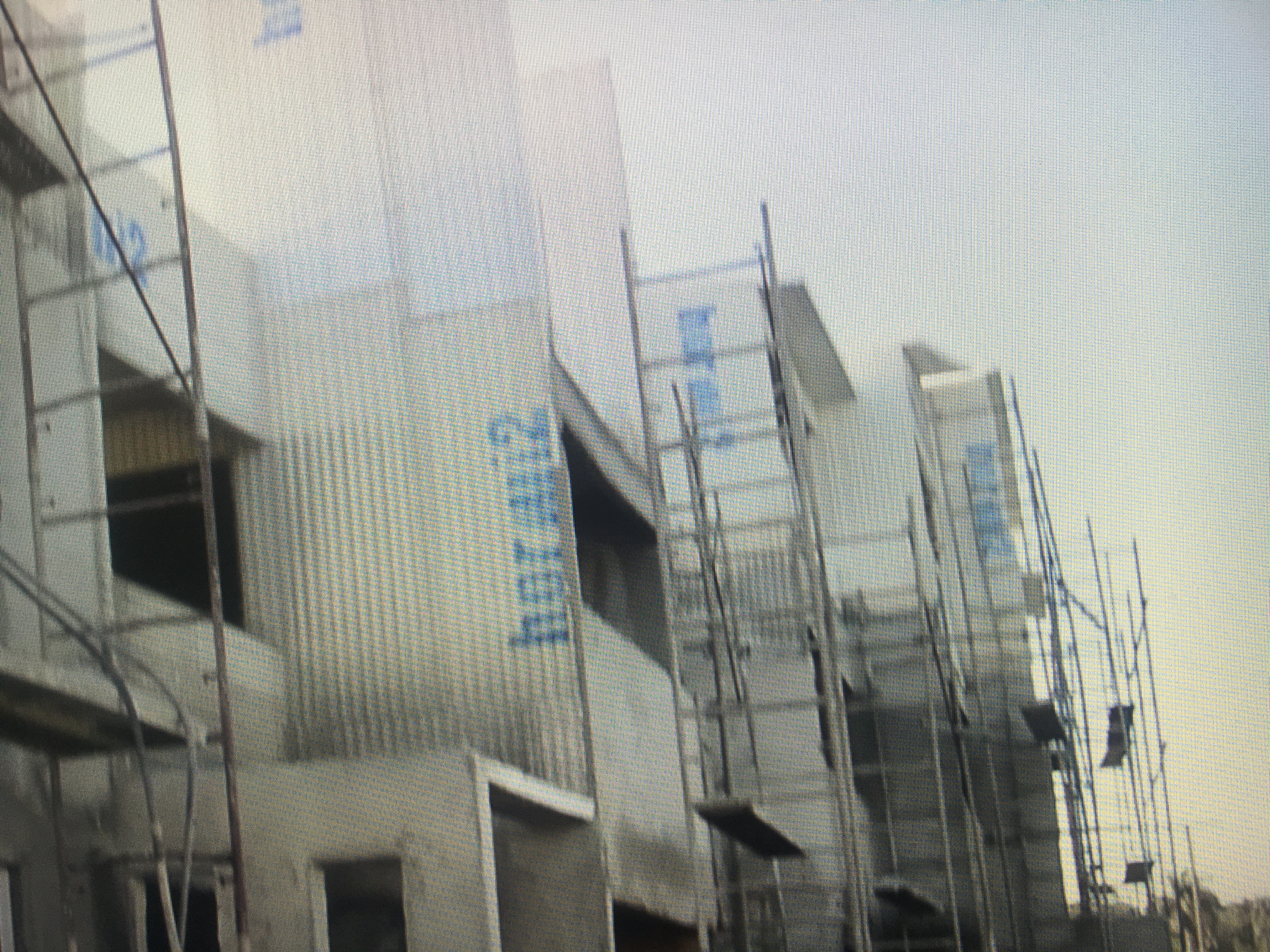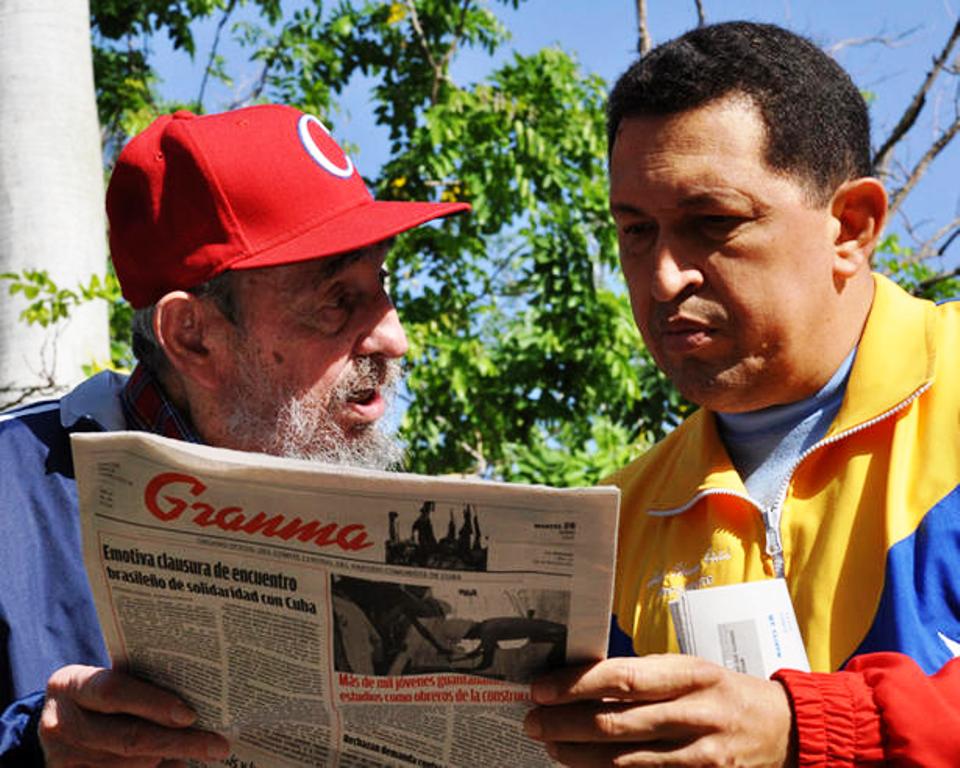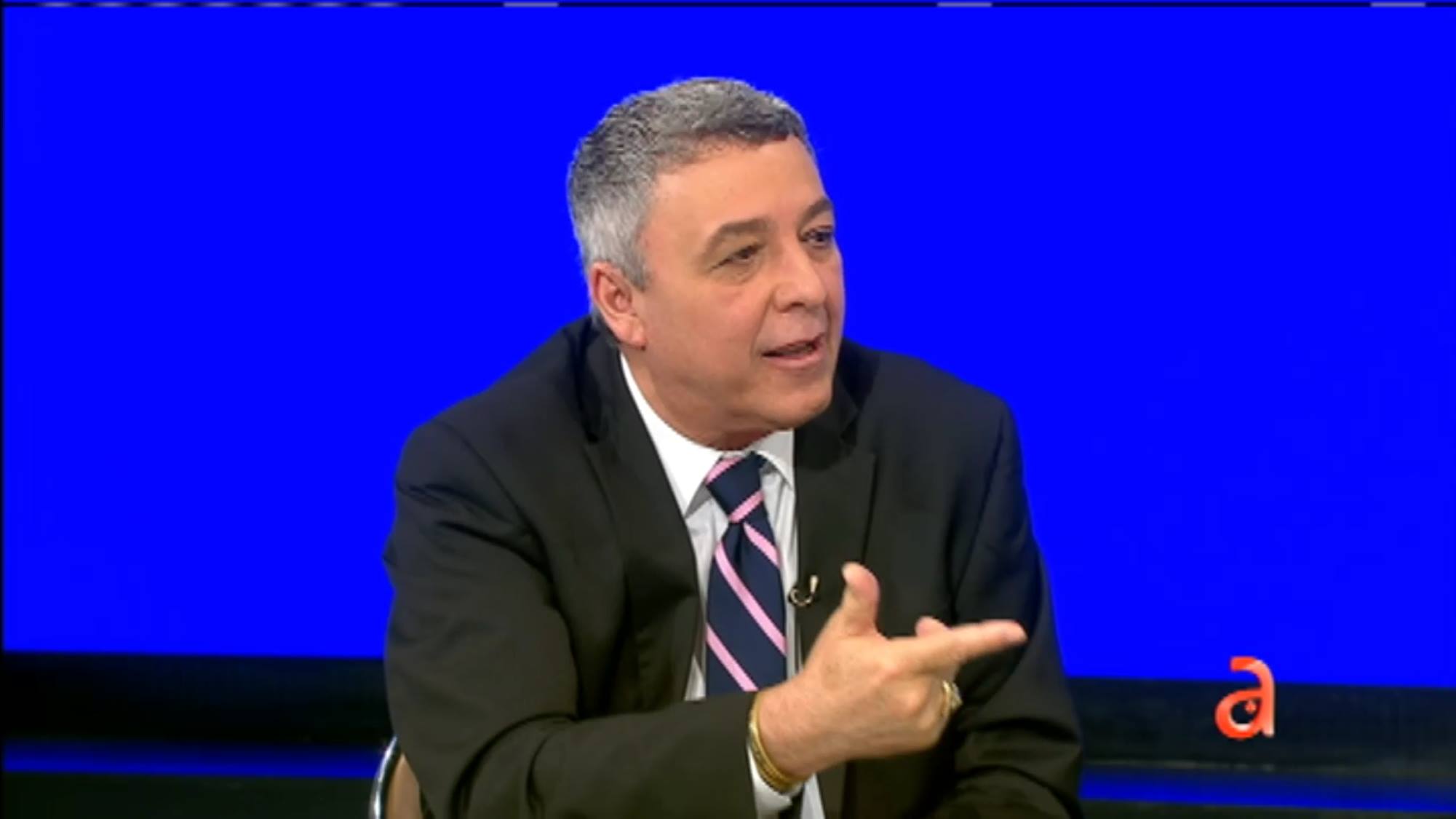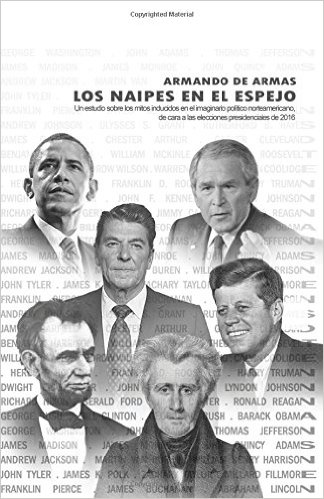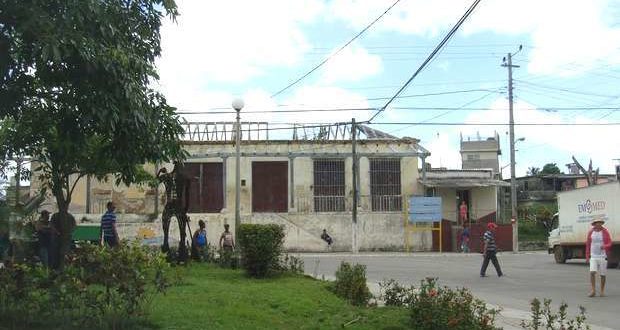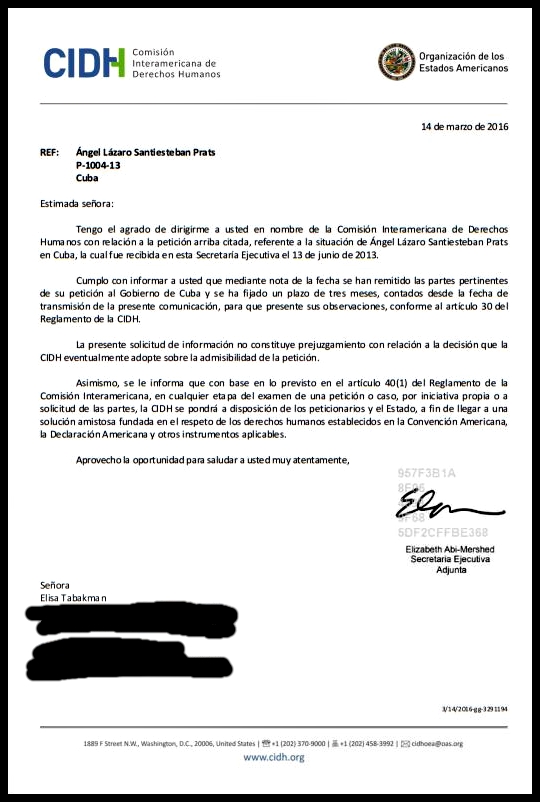Iván García, 28 July 2016 — A woman with outlandish eye-glasses, reading a book in the back seat, and a sinewy mulatto who is chain-smoking and chatting up the driver on the approaching economic austerity are two of the six passengers in an old collective taxi that the chauffeur drives, zigzagging along the ruined road.
With the salsa music at full blast, we head to the village of Mariel, some 55 kilometers to the west of Havana. Two passengers get off at La Boca, a grey and ugly one-horse town where minutes are hours. continue reading
During the massive exodus of 1980, Mariel was one of the 19 municipalities of the old province of Havana. But now, with around 45,000 inhabitants, it’s one of the 11 municipalities of Artemisa, one of the two provinces that popped up on January 1, 2011 (the other is Mayabeque).
Among other installations in Mariel is El Morro, the old cement factory; a thermo-electric plant with Soviet technology, inaugurated by Fidel Castro in 1978; an export terminal for raw sugar; a shipyard, and the Occidental Naval Base of the Naval Marina of Cuba.
In the gloomy backstreets of La Boca, the asphalt shimmers and the stray dogs take refuge from the heat at a ramshackle bus stop. In the distance you can make out four enormous cranes, painted olive-green, and a container ship that’s being unloaded in the publicized Port of Mariel.
The anchorage, a stellar work of Raúl Castro’s government, cost 957 million dollars and was constructed by Odebrecht, the company implicated in various corruption scandals in Brazil that have shaken the foundation of President Dilma Rousseff’s Workers Party.
The residents of La Boca observe the port of Mariel as trespassers. “You can’t get in there. There are guards at the entrance, and inside the demarcation zone are soldiers who give orders. I have a daughter who works there. She earns 1,000 pesos a month, but the controls and the distrust make her take days off. The port is a prohibited zone, to be seen from afar,” says Pastor, who sells tamales for five pesos.
No one in La Boca has seen foreigners or sailors drinking like pirates in any local bar. “The truth is that very few ships come in. Right now there’s only one. It’s a sign that the country is in crisis. The port is more propaganda than anything else,” affirms Arsenio, who works at the cement factory.
Two years and six months after the inauguration of the Port of Mariel, the harbor functions at half throttle. A port operator says that in all this time fewer than 100 ships have docked.
“Forget the huge Post Panamax freighters that were promised. At the entrance to the Bay there’s an enormous piece of marble schist that impedes the access of deep-draft boats. They wanted to dynamite it and almost took that shit down. Now the port is more wrecked than the formation. At best they’ll solve the dredging problem, but they’ve already finished the expansion of the Panama Canal, and Mariel has been left behind in the war of the ports in the Caribbean and those on the north coast of the United States, which are designed to attract large ships,” comments the port worker.
The independent journalist, Pablo Pascual Méndez Piña, has investigated the technical problems of the Mariel port and its huge construction cost. In the report on the Mariel surcharge, published in Diario de Cuba on April 11, 2016, Méndez Piña points out:
“The big question is why it cost 957 million USD: a loading bay that, according to official reports, has a surface of barely 28 hectares, a docking bay of 700 meters, four STS super Post Panamax cranes, 12 cranes with RTG pneumatics, 22 tractor wheel wedges, two tugboats, a maneuvering basin of 520 meters diameter, with a mooring draft of barely 9.75 meters. Add to that the remodeling of a little more than 30 kilometers of roads, the construction of 18 kilometers of highways and 13 kilometers of railroad lines, plus the pay for a discreet group of civil workers together with the more than 6,000 national workers who participated in the construction. You arrive at the ludicrous sum of 20 million USD for three years of work.”
For Giordano, a construction contractor, “If we compare it with the expansion of other ports, like those in Costa Rica, Colombia or Miami, with more work machinery, higher prices for real estate and high salaries, the cost of the Port of Mariel probably doesn’t reach 500 million dollars. The other money was embezzled.”
But the cost of the port doesn’t interest most of the inhabitants of the municipality of Artemisa. Almost three kilometers from the shantytown of La Boca is the town of Mariel.
Cubans like Marcos, a worker, thought that moving a large part of the port operations to Mariel would bring with it an important added value that would benefit the people of Mariel.
“But it’s all been just talk. The municipal Communist Party officials said that in 20 years, Havana would grow up to here. And from Baracoa to Mariel there would be tall buildings, hotels and new cities. But I don’t believe that will happen with this government.”
The taxis that arrive from the capital end their trips in a desolate park in the heart of Mariel, a town barely five blocks long, which ends in a small pier. It’s a flat neighborhood of one-story, stone and wood houses with tiled roofs.
For 10 pesos, you can visit the town in 20 minutes in a bicitaxi. “Brother, tourists don’t come to Mariel, and I don’t know where they put the sailors, since they don’t come here. We have only one quality private restaurant; the rest are stands that sell hot dogs and soft drinks. The place is dead. There’s no money, no life,” says Oriel, the driver.
Mariel doesn’t seem like a dead, lifeless place. The same as in other places on the Island, and considering that it’s a work day, many people are walking up and down the streets, lingering for little private negotiations or standing in line to buy chicken by the pound, offered in a local market.
In front of a park that’s a stone’s throw from the bay, there’s a roundabout. A drunk guy sleeps in the shade. Nearby, several people drink cheap rum or beer. After going through an iron gate, facing the sea, there’s a narrow square with a Che sign in front of a small plaza, where there are parties with recorded music on weekends.
“There’s little in the way of entertainment here. You buy rum from the shop, and on Saturdays you sit on the bay wall to flirt with a chick, and then they kill the time by telling us lies. Whoever has money goes to Havana to wander around,” says Ridel, a shop manager, while he continues watching the large, far-away cranes of the port.
For its citizens, the Port of Mariel is foreign territory.
Translated by Regina Anavy
